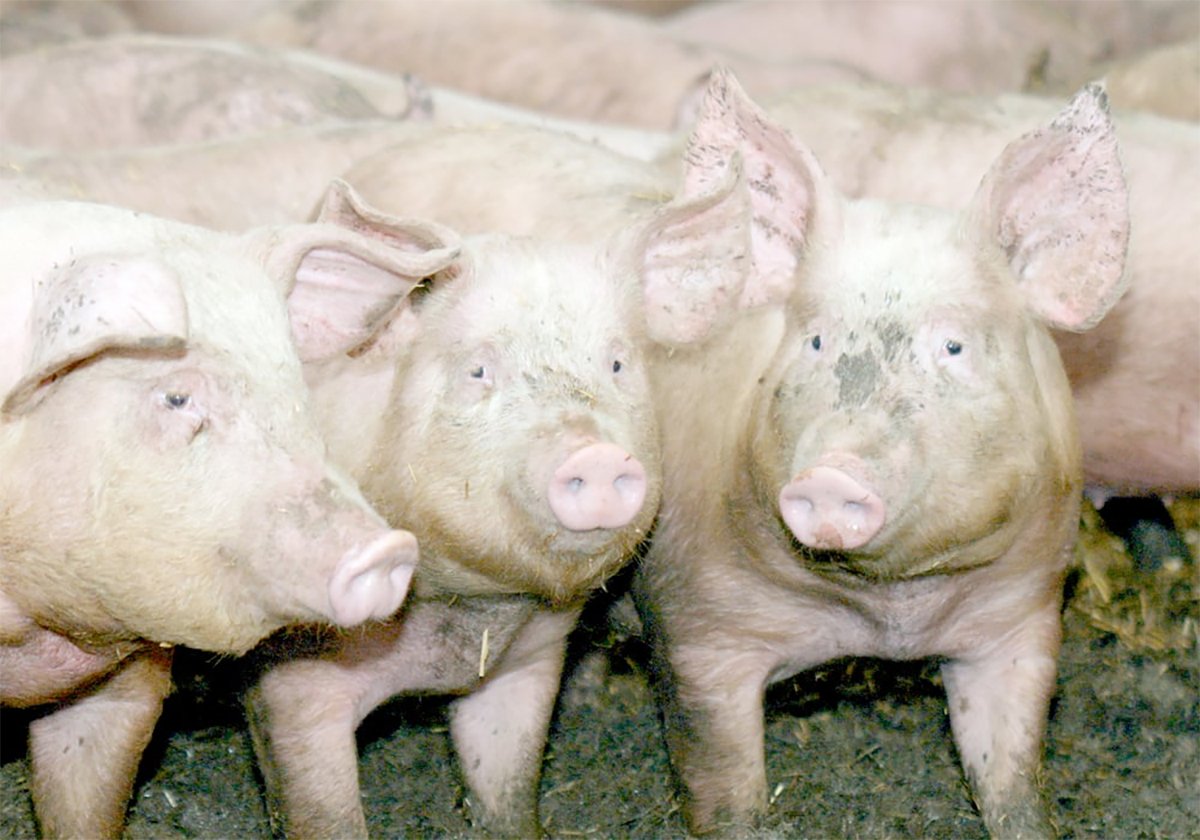LETHBRIDGE, Alta. – Digestive diseases in feeder cattle are a complex problem responsible for about a third of the deaths in feedlots.
Michael Galyean, an animal scientist with Texas Tech University in Lubbock, said feedlot cattle are more prone to digestive problems because they receive concentrated grain diets that, along with environmental conditions, animal genetics and behaviour, produce high levels of acid in the rumen. This leads to problems such as acidosis, liver abscesses and bloat.
Acidosis coincides with processed grain diets and low roughage levels. Animals suffering from acidosis eat less and can develop rumen lesions.
Read Also

The Western Producer Livestock Report – October 2, 2025
Western Producer Livestock Report for October 2, 2025. See U.S. & Canadian hog prices, Canadian bison & lamb market data and sale insight.
Dairy cattle on high-energy diets can develop problems in their feet leading to laminitis.
Roughage can make a difference because it has some buffering ability, but many feedlots do not use much hay or silage because it is bulky and hard to handle.
Liver abscesses are not detectable before slaughter and are hard to treat, other than providing animals with Tylan or other antibiotics. About half of the condemned livers found in American slaughter plants are due to liver abscesses.
Bloat in feedlot cattle tends to be the frothy type and often happens as animals are adjusting to high-grain diets, especially those with large amounts of feed wheat. Bloat is blamed for 24 percent of feedlot deaths. Offering more roughage helps slow rumen fermentation and lowers acid production. Providing ionophores like monensin is also effective.
Polioencephalomalacia is believed to be caused by a thiamine deficiency.
The disease is characterized by blindness, lack of co-ordination, tremors and possibly seizures. Other studies suggest high sulfur levels in water or feed may contribute to this neurological problem.
Footrot and inflammation of the foot also happen in feedlots, particularly when cattle are left in wet, muddy conditions. Further research is needed to link it to nutritional problems, but some suggest organic zinc supplements can control this contagious disease.
Urinary calculi or “water belly” happens when small stones block the urinary tract. The stones may start in the kidney before moving to the ureters or urethras and causing a urinary blockage. It is more common in steers.
Symptoms include frequent attempts to urinate and tail twitching. Affected steers kick at the abdomen and may lie down and stand up again. Surgical intervention is required and if the stones are not removed, the bladder ruptures and the animal dies.
Carcasses from affected animals are condemned. To prevent this condition, phosphorus and calcium concentrations should not exceed National Research Council recommendations.

















